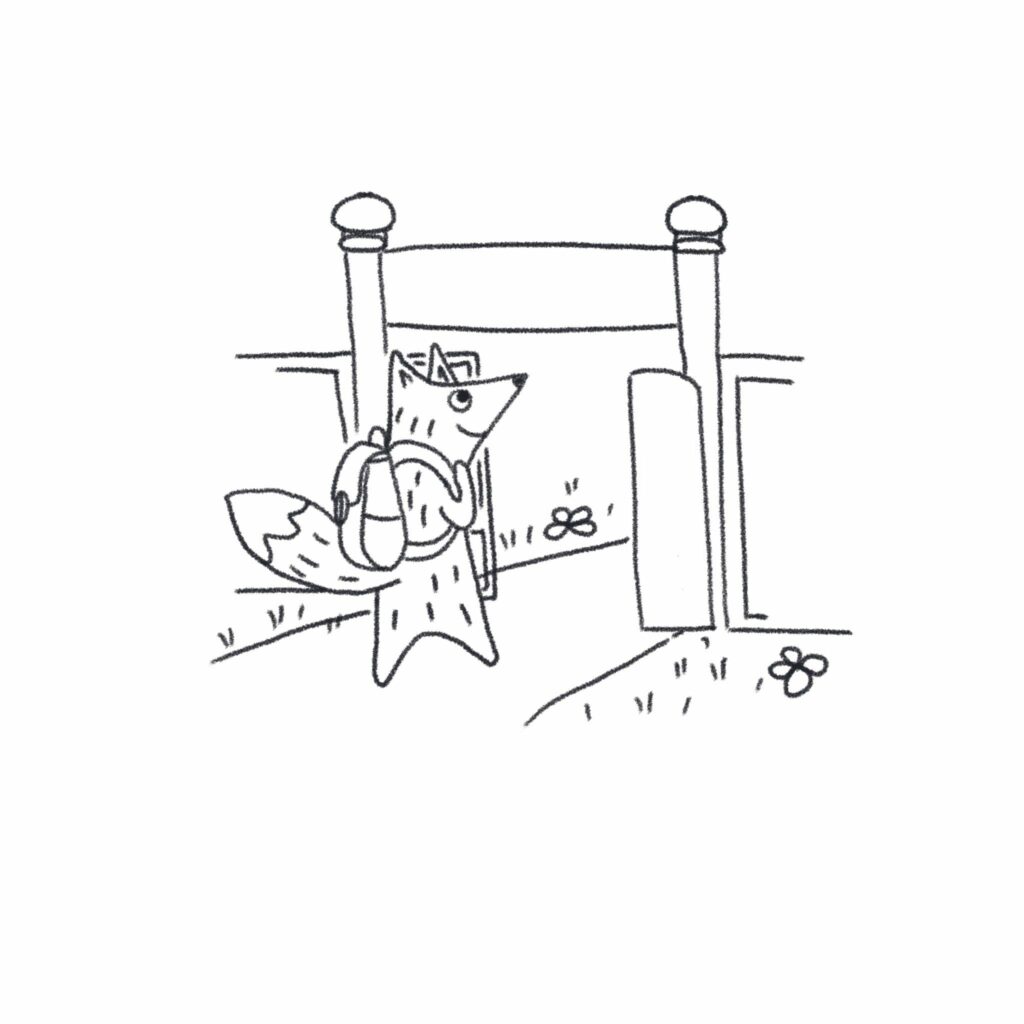Mark making skills develop in much the same way as language. Initially, babies and young children delight in the pure physicality of it, running their fingers through sand or scribbling with chalk on a patio, for example. Gradually they realise they can control the marks they make as their gross muscles and hands grow stronger and they become more co-ordinated. They also discover that the marks they make can communicate feelings, thoughts and ideas. Mark making gives children a powerful tool for thinking, reasoning and problem solving.
Mark making top tips:
- Chunky crayons are a great way to get the smallest of hands scribbling. And for perfect pencil grip every time, break the crayons into stubby inch-long pieces. You’ll find that the tripod grip then happens automatically.
- Focus on getting the broad sweeps right first. Whole-arm motions, up-down and spirals. This is why streamers are so great. Or offer a bucket of water, some paint brushes and a wall.
- Mark making leads naturally to writing, and done correctly it can really make a difference. But it’s also an end in itself and should be fun.
- Don’t forget to mix it up and get outside. Scrape lines in mud with sticks or draw in sand with feet or fingers. Mark-making opportunities are everywhere.
Read about drawing schemas and how they are the hidden driving force behind your child’s mark-making.




